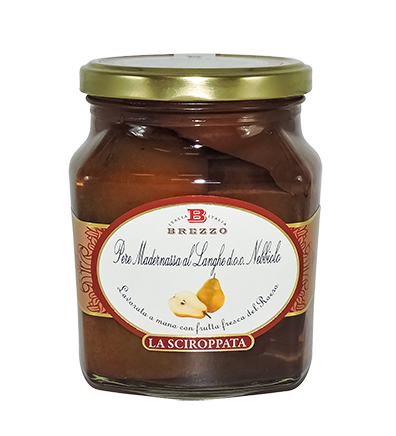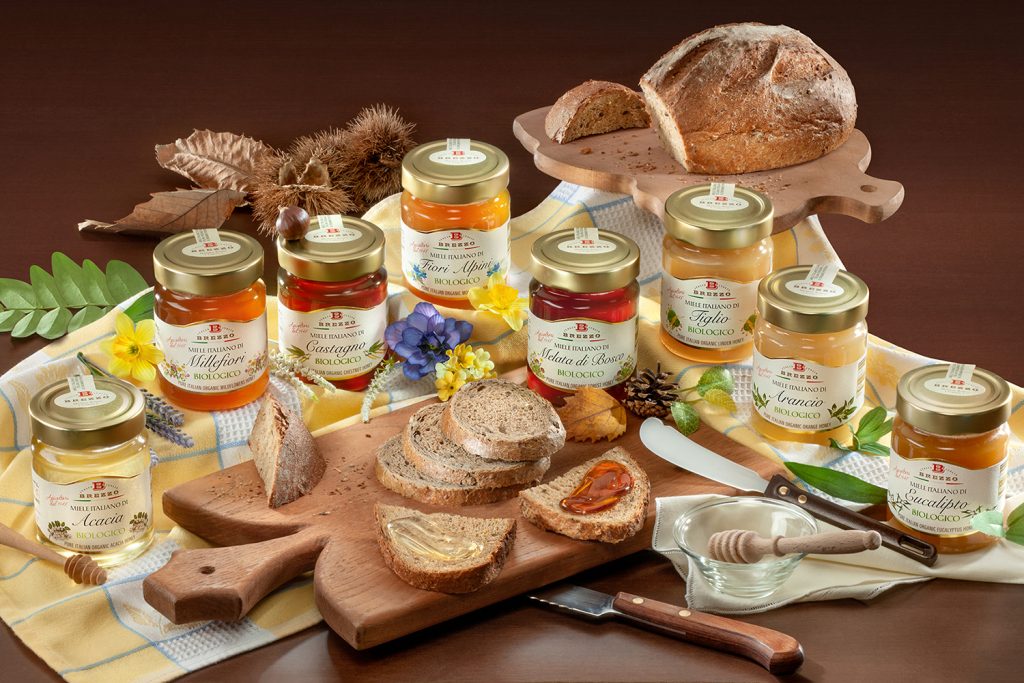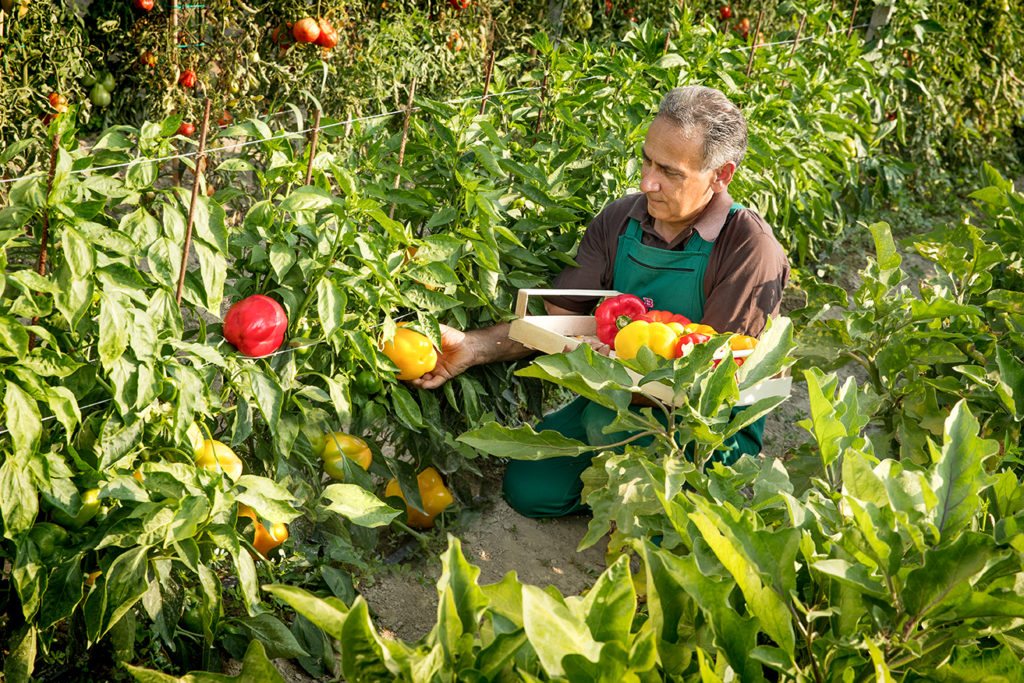Forse meno conosciuto delle Langhe, il Roero è una terra ricca di contrasti e sfumature, culla non solo di una fiorente viticoltura, ma di produzioni agroalimentari d’eccellenza che sono alla base dei prodotti Brezzo
Osservando il percorso del Tanaro su di una mappa scoprirete una cosa curiosa. Se a Sud le curve delle Langhe si innalzano fino a diventare Appennino Ligure, a Nord, sulla direttrice che idealmente collega Bra, Alba e San Damiano d’Asti la pianura scavata dal fiume crea un altro sistema collinare che, altimetricamente più basso, si spegne nella pianura di Torino, verso Ceresole. Questa zona, che si distende sul confine nordorientale della provincia di Cuneo, è il Roero.
Caratterizzato da colline verdissime e frastagliate, il Roero è assai più vario delle vicine Langhe: orti, boschi di latifoglie e castagneti, frutteti, piccoli laghi e, soprattutto, le Rocche, imponenti calanchi che, d’improvviso, rompono il paesaggio creando bastioni di roccia e canyon profondi anche centinaia di metri, immediatamente evidenti perché espongono il ventre della collina: il giallo delle arenarie che qui caratterizzano i suoli del Roero.
Già, perché il Roero, originatosi circa 11 milioni di anni fa era una zona costiera, una sorta di immensa costa con fondali bassi e sabbiosi che si affacciava sul mare Padano. Ancora oggi, basta scavare un poco il terreno per ritrovare fossili e conchiglie depositatesi ere geologiche fa. In sintesi, i suoli del Roero differiscono da quelli di Langa per un’età globalmente più giovane e per una considerevole presenza di sabbie fini e calcaree, peculiarità che ha permesso al Roero di differenziare le colture: non solo vigneti, ma orticoltura e frutticoltura d’eccellenza.
Terra di grandi vini
Inutile negarlo, il Roero è terra di vini. Su tutti spiccano il Roero Docg e il Roero Arneis Docg. Il primo è un rosso ottenuto da uve nebbiolo: di buon corpo, strutturato e longevo, conserva profumi e sapidità tipici dei suoli sabbiosi e calcarei. Il Roero Arneis è invece uno dei più importanti bianchi del Piemonte. Ottenuto in purezza da uve arneis (il cui nome deriverebbe dalla località Renesio ubicata vicino a Canale d’Alba), l’Arneis regala freschezza e note elegantemente fruttate, di fiori bianchi e erbacee. In bocca fresco e asciutto, con il tipico finale amarognolo che lo rende inconfondibile. Sulle colline del Roero si producono anche Favorita, Barbera e alcuni vini da vitigni internazionali ormai “tradizionali” come lo Chardonnay e il Sauvignon. Non molti sanno, infine, che nel Roero si può produrre anche il Moscato d’Asti: Santa Vittoria d’Alba è l’unico comune della zona in cui è concessa la produzione perché un tempo sede della famosa ditta Cinzano, che utilizzava le uve di Moscato come base del Vermouth.
SCOPRI I VINI DELL’ENOTECA
Una straordinaria orticoltura e frutticoltura
Per capire la ricchezza orticola del Roero basterebbe fare un giro al Mercato Ortofrutticolo del Roero: oltre 400 contadini che espongono il meglio delle produzioni locali. Tra gli ortaggi e la frutta prodotti in zona, per fare qualche esempio, spiccano le pesche del Roero, le albicocche, le pere Madernassa, le mele renette, i peperoni, gli asparagi, i porri, le fragole (celebrate a Sommariva Perno da una sagra dedicata), le castagne del Roero e le nocciole Piemonte IGP.
SCOPRI LE CONFETTURE
Le pesche che salvarono il Roero
Prodotto tipico delle zone intorno a Canale d’Alba e Monteu Roero, la coltivazione della pesca avviene ancora secondo la tradizione, su terreni anche scoscesi, bene esposti, dove non è possibile ricorrere all’irrigazione. Le pesche si diffusero nel Roero per sostituire i filari colpiti da fillossera alla fine del XX secolo con notevole fortuna commerciale. Dal punto di vista varietale prevalgono le cultivar con buccia pelosa e a polpa gialla. In tutto il Roero si sta assistendo ad un imponente sforzo di recupero e valorizzazione di antiche varietà un tempo coltivate in questa zona.
SCOPRI LA FRUTTA SCIROPPATA
La pera Madernassa
Vanto del Roero, la pera Madernassa è protetta e valorizzata dall’omonimo Consorzio. Leggenda vuole che la pianta madre nacque da un seme caduto per caso in un appezzamento della cascina Gavello della Borgata Madernassa su di una collina posta tra i paesi di Guarene e di Castagnito. Da lì si diffuse per le sue caratteristiche: un frutto croccante e asprigno, con note agrumate, perfetto da cuocere e da utilizzare in ricette raffinate.
La Nocciola Piemonte IGP
Sicuramente la più pregiata nocciola al mondo grazie al sapore delicato e persistente, per consistenza e duttilità di impiego nelle produzioni di pasticceria. È lei la «Regina Nocciola» diffusa nelle Langhe e nel Roero: sulla sua raccolta si basa gran parte dell’economia agricola della zona, subito dopo la viticoltura.
SCOPRI LA FRUTTA GOLOSA
Il Tartufo Bianco d’Alba
Ebbene sì. I Boschi del Roero sono un grande bacino di raccolta del pregiatissimo Tartufo Bianco d’Alba, la cui raccolta comincia il 21 settembre per terminare il 31 gennaio. Il Re dei Funghi ama comparire sotto i noccioli, i tigli, le roveri e le roverelle, le querce e i pioppi: varietà che abbondano nelle zone selvagge del Roero e vicino alle Rocche, dove umidità e fonti d’acqua contribuiscono a far sviluppare il pregiatissimo Tuber magnatm Pico.
SCOPRI LE SPECIALITÀ AL TARTUFO BREZZO
Il Miele
L’apicoltura del Roero è una tradizione consolidata. Nel 2003 è stata inaugurata la Strada del miele del Roero, un “corridoio paesaggistico-culturale” di circa 38 Km che parte da Bra e giunge a Cisterna d’Asti, passando per Ceresole d’Alba e Monteu Roero. Sulla strada e i sentieri connessi sono ancora ben visibili le tracce antiche e moderne del patrimonio apistico e della cultura materiale che fanno del Roero una dolcissima “terra del miele”. Nel Roero si producono soprattutto mieli di tarassaco, castagno, ciliegio, acacia, millefiori e melata di bosco.
SCOPRI IL MIELE BREZZO
VENITE A TROVARCI NEL NOSTRO SHOP DI MONTEU ROERO (CN)
E A SCOPRIRE LE MERAVIGLIE DI QUESTA RICCHISSIMA TERRA! O CONSULTA L’ELENCO DEI NOSTRI BREZZO PARTNERS DOVE TROVARE I NOSTRI PRODOTTI
[:en]
Perhaps less well-known than the Langhe, Roero is a land rich in contrasts and nuances, the cradle of not just a flourishing winegrowing industry, but also farming of high quality fresh produce that is at the basis of Brezzo products.
Observing the course of the Tanaro river on a map, you will discover a curious fact. While to the south the hills of the Langhe rise to become the Ligurian Apennines, to the north, on the trajectory that connects Bra, Alba and San Damiano d’Asti, the plain created by the river forms another system of hills, lower in height, which comes down to the Turin plain towards Ceresole. This area, which extends to the north-eastern border of Cuneo province, is Roero.
Characterized by green, rugged hills, Roero is much more varied that the nearby Langhe. Vegetable farms, woods of deciduous trees and chestnut groves, fruit orchards, small lakes and above all the Rocche, imposing calanques that suddenly break up the landscape, creating rocky pinnacles and ravines up to hundreds of metres deep that expose the innards of the hill – the yellow of the sandstone that characterizes the soil of Roero.
Roero, which originated around 11 million years ago, was once a coastal area, a sort of immense coast with sandy shallows along the Po Sea. Even today, you just have to dig a little way down into the earth to find fossils and shells deposited geological eras ago. In short, the soils of Roero differ from those of the Langhe as being globally younger and with a considerable presence of fine, calcareous sand, a feature that has allowed Roero to diversify its crops – not just vineyards, but high quality fruit and vegetable farming. .
Land of great wines
It’s no use denying it, Roero is a land of wines. Standing out above all are Roero DOCG and Roero Arneis DOCG. The former is a red obtained from Nebbiolo grapes; full bodied, well-structured and long lived, it retains the scents and sapidity typical of its sandy, chalky soil. Roero Arneis, on the other hand, is one of Piedmont’s most important white wines. A single-varietal made with Arneis grapes (the name comes from the Renesio hill near Canale d’Alba), Arneis offers freshness and elegantly fruity, white flower and grassy notes. Fresh and dry in the mouth, it has a typical slightly bitter finish that makes it unmistakeable. Also produced on the Roero hills are Favorita, Barbera and a number of wines from by now “traditional” international varieties such as Chardonnay and Sauvignon. Finally, not many know that Moscato d’Asti can also be produced in Roero. Santa Vittoria d’Alba is the only municipality in the area where its production is allowed as it was once the site of the famous Cinzano company, which used Muscat grapes as a basis for Vermouth
DISCOVER THE WINES IN THE WINE SHOP AND BREZZO VINEGARS FROM GREAT DOC AND DOGC WINES
Extraordinary vegetable and fruit farming
To understand the diversity and abundance of Roero’s horticulture, you just have to stroll around the Roero Fruit and Vegetable Market where more than 400 farmers display the best of local produce. Of particular note among the fruit and vegetables grown in the area, for example, are Roero peaches, apricots, Madernassa pears, rennet apples, bell peppers, asparagus, leeks, strawberries (celebrated at Sommariva Perno with a dedicated food fest), Roero chestnuts and Piedmont IGP hazelnuts.
DISCOVER OUR “ORTO AMICO” PRODUCTS
The peaches that saved Roero
A typical product of the area around Canale d’Alba and Monteu Roero, peaches are still grown in the traditional way on steep well-exposed slopes where irrigation is not possible. Cultivation of peaches spread throughout Roero to replace the vines stricken by phylloxera in the late 19th, century, with considerable commercial success. The most widely-grown varieties are the fuzzy skinned, yellow fleshed cultivars. All over Roero great efforts are being made to revive and promote old varieties once grown in this area.
DISCOVER BREZZO FRUIT IN SYRUP, ORGANIC PEACH COMPOTE, PEACH JAM AND COCOA AMARETTI
The Madernassa pear
The pride of Roero, the Madernassa pear is protected and promoted by a Consortium of the same name. According to legend, the mother tree came from as seed that had fallen by chance on a plot of the Gavello farm in Borgata Madernassa on a hill situated between Guarene and Castagnito. As its qualities became known, it spread throughout the area. Crisp, with a slightly tannic flavour and citrus notes, it is an excellent cooking pear for use in delicious dishes.
DISCOVER BREZZO FRUIT IN SYRUP
The Piedmont IGP Hazelnut
Without doubt the world’s most prized hazelnut due to its delicate, persistent flavour, consistency and myriad uses in confectionery products. The “Queen of Hazelnuts” is found throughout the Langhe and Roero, and the crop accounts for a large part of the area’s agricultural economy, second only to winegrowing.
DISCOVER BREZZO’S PIEDMONT IGP HAZELNUT PRODUCTS
White Alba Truffle
Oh yes, the woods of Roero are a great catchment area for the highly-prized White Alba Truffle, which is gathered starting on 21 September until 31 January. The king of mushrooms prefers the ground under hazel trees, lime trees, oaks, durmasts and poplars, all species that are abundant in the untamed areas of Roero and around the Rocche, where dampness and springs contribute to development of the sought-after Tuber magnatm Pico.
DISCOVER BREZZO’S TRUFFLE SPECIALTIES
IHoney
Beekeeping is a well-established tradition in Roero. In 2003 the Roero Honey Road was established, an approximately 38k long “scenic-cultural corridor” that begins in Bra, passes through Ceresole d’Alba and Monteu Roero and ends in Cisterna d’Asti. Clearly visible along the road and intersecting trails are ancient and modern signs of the beekeeping culture that makes Roero a sweet “land of honey”. In Roero we produce above all dandelion, chestnut, cherry, acacia, wildflower and honeydew honeys.
DISCOVER BREZZO HONEY






